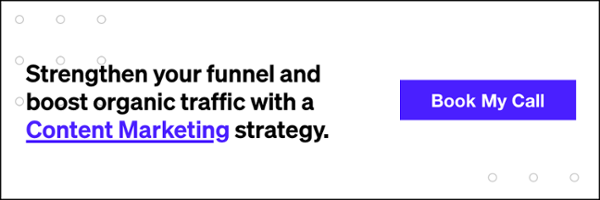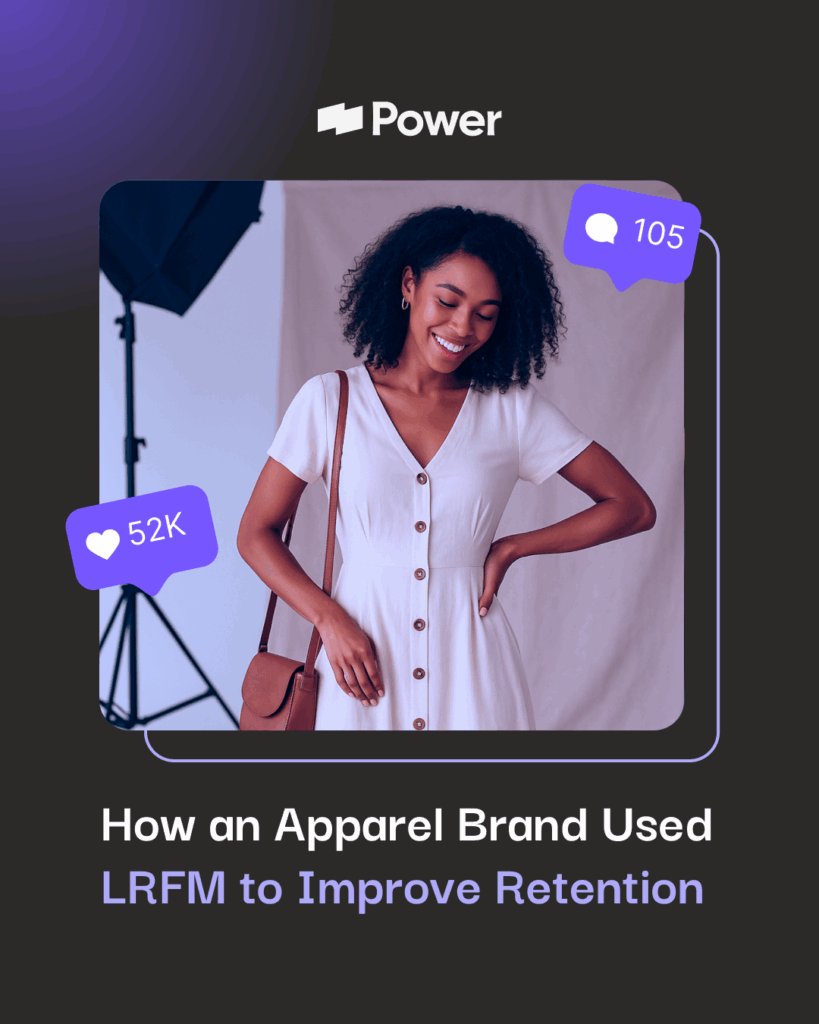In marketing, there is the top, middle, and bottom of the sales funnel. People at the top of the funnel are people who are new to your brand. They either have never interacted with your brand, or only have had minimal contact.
As consumers get further down the sales funnel, they become more qualified as users who are actually interested in your offerings and might purchase your products. Consumers who are not interested will leave the sales funnel. Marketers use content to educate consumers about their products and give them value in the form of engaging and relevant content.
What Is Top Of Funnel Content?
Top of funnel content or TOFU for short is the type of content that is used to engage customers and try to pull them into the sales funnel. With TOFU content, you want to try and reach a much wider audience of potential customers than MOFU or BOFU content. The point of TOFU content is to capture a large segment that you can then push through the funnel by continuing to educate them on your product until they reach the bottom and actually purchase.
Related: What TOFU Means to A Marketer
TOFU content shouldn’t be overtly promoting your business. This phase of the funnel should be all about education. The top of funnel content needs to solve a problem for the customer, educate them on something they don’t already know, and of course bring them value.
Types Of TOFU Content
TOFU content varies from the type of content used in the MOFU and BOFU stages of the sales funnel. The most common types of TOFU content are blog articles and social media. Blogs are great for this stage because it enables companies to show their personality while giving consumers useful content they are interested in. For example, if you were a health food brand, having content around healthy recipes or cooking tips would be excellent TOFU content to share.
In addition to blogs and social media, other types of TOFU content include infographics, podcasts, video marketing, newsletters, landing pages, online ads, and influencer outreach content. TOFU content will serve as the first touch for consumers and in most cases they will not automatically purchase your products. They will need to be nurtured and lead down the sales funnel as you continue to provide them with valuable content.
An important part of TOFU content, is understanding your audience’s interests and serving them content they want to engage with. As mentioned above, you need to stay on brand and share relevant content that matches your audience’s interest and is also aligned with your business goals.
Goals Of TOFU Content
There are two main goals of TOFU content. The first is awareness. With your TOFU content, the main goal is to increase awareness of your brand, product, or offering. Above we talked about how the objective of TOFU content is to reach a wide audience, and this ties in perfectly with raising awareness.
At this point in the funnel, you will be going after a large group of people whereas in the lower funnels, you are much more targeted in your approach of who will be seeing that specific content. The goal of TOFU content is not to close a sale, it is to boost brand awareness and turn those consumers into leads.
This brings us to another goal of TOFU content – lead generation. An important aspect of top of the funnel content is converting that wide audience (traffic) into leads. This means, turning someone who has never interacted with your brand before into a potential customer.
Related: How to Deliver Value at Every Stage of the Customer Journey
With these new leads captured by TOFU content, you will then nurture those consumers and push them further into the funnel with the end goal being that they purchase a product. The nurturing process takes time and you need to constantly give your potential customers content that is valuable and useful.
Other goals of TOFU content include growing your retargeting lists and web traffic, and increasing engagement.
Pro Tip: One thing many people make a mistake on is simply writing a blog and uploading it onto the company website. You can’t just write a blog and expect it to reach people. In order to make the biggest impact you need to distribute your content on different channels. For example, if you write an engaging blog post, push it out through paid social so it will get visibility and help raise awareness about your brand. The goal is to engage people with your content and push them to your website where they can learn more about your products and offerings. If you are not promoting your content, fewer people will see it and therefore it will be harder to increase brand awareness.
Now that you know what TOFU content is, the types of TOFU content, and what the goals of TOFU content are, you can being to create TOFU content of your own. Remember, the TOFU stage is all about educating your potential customers.
Related: Why Awareness Is an Important Step in the Buyer’s Journey
You should not be engaging in a hard sell right off the bat. It is essential to ease your consumers into the sales funnel, with the first step being giving your audience educational and helpful content that they are interested in.








